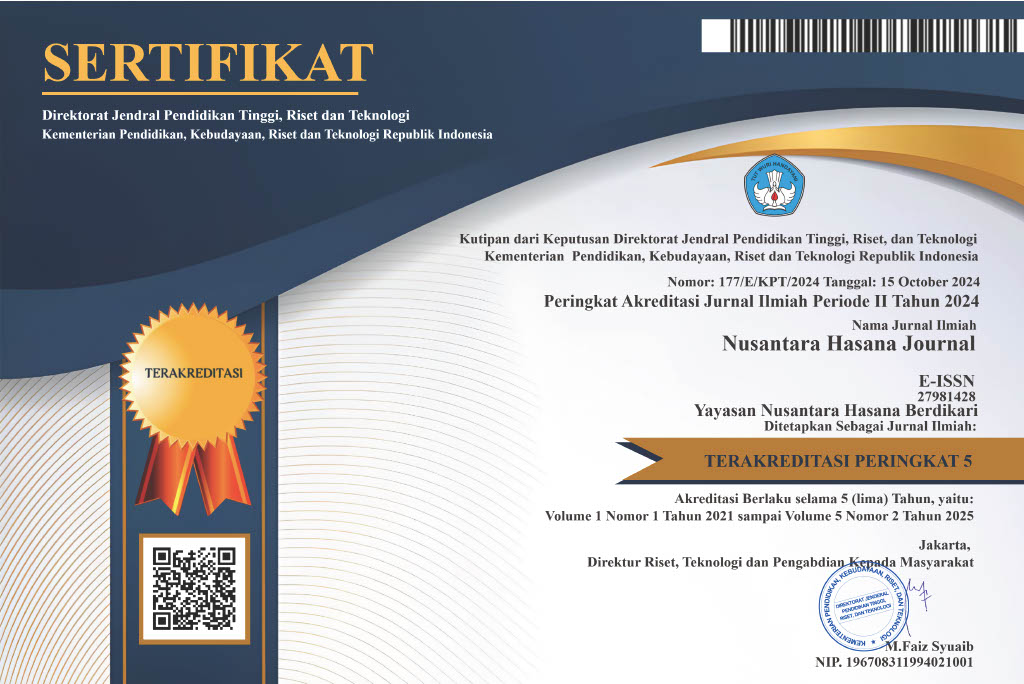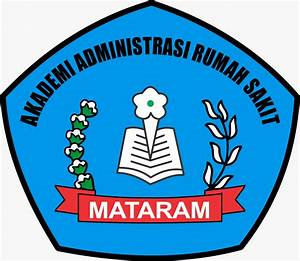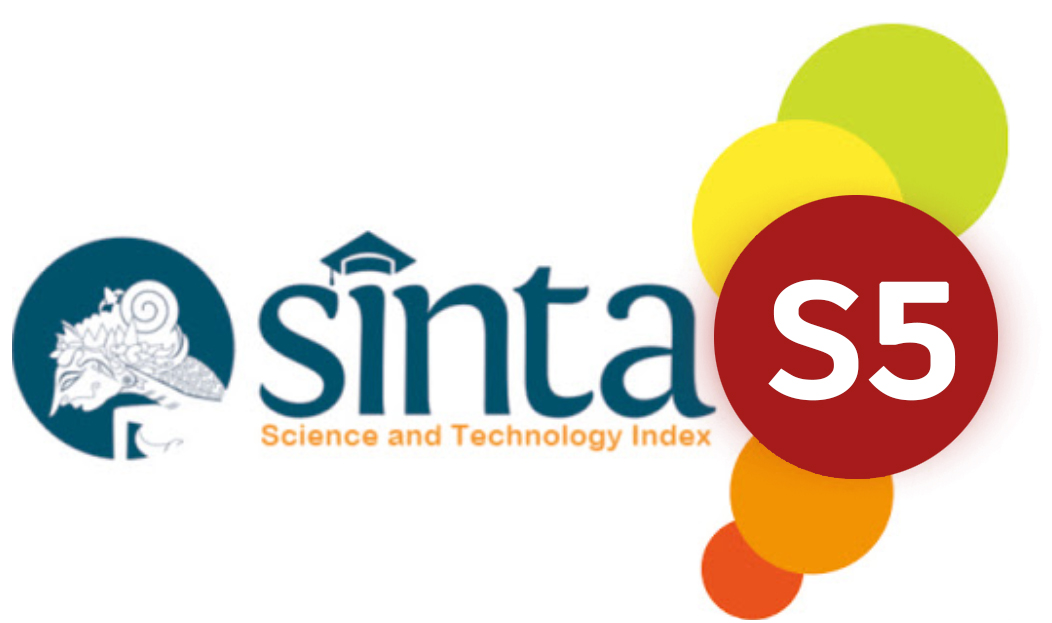ANALISIS PENGOLAHAN DATA INTERPRETASI PENGUJIAN PEMBEBANAN HORIZONTAL PADA FONDASI TIANG BOR
DOI:
https://doi.org/10.59003/nhj.v5i2.1543Keywords:
Chin, Davisson, Ultimate Carrying Capacity, DecourtAbstract
One type of load that needs to be taken into account in foundation planning is the lateral load. Lateral load is a force that acts perpendicular to the pile, so it has the potential to cause shifting if the pile does not have sufficient capacity to withstand it. The type of foundation used in this analysis is a bored pile foundation with a diameter of 0.8 m and a pile length of 24 m. The results of the interpretation calculations to obtain the value of the ultimate lateral bearing capacity based on the lateral load test data show differences in the values of each method used. The interpretation calculations that have been carried out obtained the ultimate lateral bearing capacity with the Davisson method of 23,800 tons, with the Chin method obtained a result of 26,455 tons, and the Decourt method of 25,894 tons.
Downloads
References
Sunggono, 1984. “Buku Teknik Sipil”. Bandung. NOVA.
D Oh, Y. P., Ooi, P. H., Lee, Y. K., Oscar, H. H. W., & Wong, K. W., 2023. “Lateral load test on bored cast in-situ pile instrumented with distributed fiber optic strain sensors”. In Smart Geotechnics for Smart Societies (pp. 1403–1408). CRC Press. https://doi.org/10.1201/9781003299127-207.
Salgado, R., 2022. “The Engineering Of Foundations”. New York. Taylor & Francis Group, LLC.
ASTM D3966. “Method of Testing Piles Under Lateral Load”.
Prakash, Shamsher, & Sharma, H. D., 1990. “Pile foundations in engineering practice”. John Wiley & Sons.
Fellenius, B.H., 2024. Basics of Foundation design. Electronic Edition, www.Fellenius.net, 568 p.
Downloads
Published
How to Cite
Issue
Section
License
Copyright (c) 2025 Anggarani Budi Ribowo

This work is licensed under a Creative Commons Attribution-NonCommercial-ShareAlike 4.0 International License.
NHJ is licensed under a Creative Commons Attribution-NonCommercial-ShareAlike 4.0 International License.
Articles in this journal are Open Access articles published under the Creative Commons CC BY-NC-SA License This license permits use, distribution and reproduction in any medium for non-commercial purposes only, provided the original work and source is properly cited.
Any derivative of the original must be distributed under the same license as the original.
























